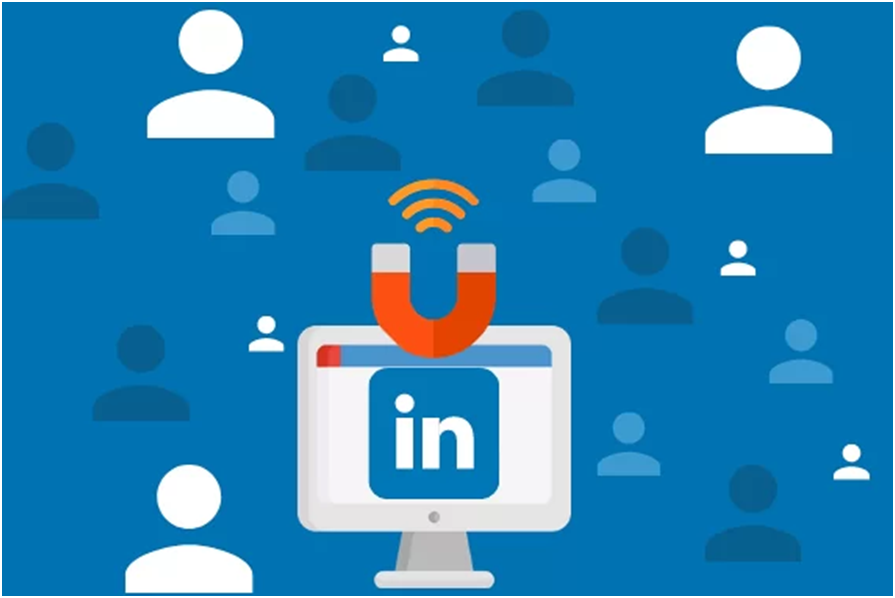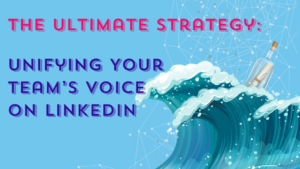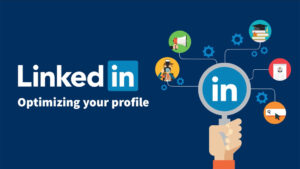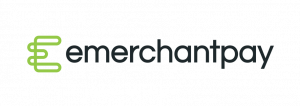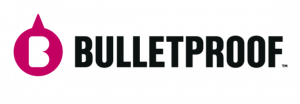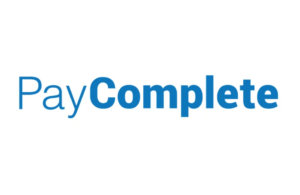How do you prospect for sales leads?
When prospecting for sales leads, is your approach more ‘broadcast’, or ‘conversation’?
Your sales approach is broadcast if you send out your value proposition via any channel to your target audience. Examples of broadcast prospecting are;
- Publishing LinkedIn posts about your company, and no-one comments.
- Sending sales pitches out on email or LinkedIn, and very few reply.
- Cold calling and quickly get the sales pitch in before they hang up.
According to Salesforce, 90% of C-level prospects never respond to cold outreach, so if you are broadcasting rather than engaging ie. having a conversation, it may be worth a re-think.
Why a sales dialogue rather than a sales pitch?
I’m not saying that broadcast methods don’t work when prospecting for sales leads.
They do if what you do is in demand or there isn’t a lot of competition in your market. It also requires your offering to be easy to understand as there’s no opportunity to educate.
At any point in time there will be a small percentage of people actively looking for the service you’re selling. The percentage is so small you will have to broadcast in high volumes.
High volume ‘lead burning’ is fine if you have an infinite number of potential companies to sell to. For most companies, this approach to lead generation is not a sustainable or an effective long term solution.
Why use conversation for sales?
The best way to make connections with people is by engaging them in conversation. When you talk to someone, they are more likely to remember you and your company. Plus, when you have a conversation, you get the opportunity to learn about the person’s needs and how you can help them.
When prospecting, if you can focus on how you can help them, rather than your sales agenda, you’ll build trust and a relationship.
When they know that you want to help them, they are more likely to listen when you talk about how much better their life would be if only they had a solution for their problem.
What is the best way to approach sales conversations?
Building relationships is how you will get the person’s trust and interest in your product or service and you do this through conversation.
Don’t just jump in with the benefits of your product or service. Instead, use the current conversation your prospect is already having, and take your time to turn it around to them, their challenges, THEN you can talk about how you can help.
It may take a little longer to prospect this way, but it is more effective in the long run.
What are the different ways of finding sales prospects?
I’ve written about targeting in this other article. If you know who you want to sell to, you can track their activity and find conversations that you can join. These can be group conversations, or a conversation on someone’s post.
Hop onto a post they have published, or a comment they’ve recently made and go from there. This only works if the post / comment was recent, which is why Sales Navigator home page is such a useful tool. (Email [email protected] to understand more on how Sales Navigator home page works)
Jumping onto recent content feels serendipitous to your prospect. You are connecting over a shared interest. Perhaps they will be a little flattered that you found their comments interesting.
“Your post with your excellent report came up in my feed, Brian. I’d like to stay in touch.”
It gets you off to a great start where they are more likely to open up as they don’t feel that they’ve been targeted, and that your only agenda is to sell to them.
People hate to be sold to on LinkedIn so much, that even if they are in need of your services, you’ll be shut down right away, as you haven’t built the trust to pitch and they already have their favourite suppliers.[
What is the most important thing when chatting to sales prospects?
I have 3 pillars on the best way to have sales conversations on LinkedIn.
1. Show interest in them
People will always be more willing to talk about the things they are putting out publicly. They will appreciate you listening to their perspective and making the conversation about them makes most feel compelled to respond. It is all about little sparks that can start a conversation at this stage.
2. Mirror their style
People trust those that are like them, and the old body language mirroring works in the LinkedIn inbox too. If you get a relaxed one-line response, the worst thing you can do is respond with 5 lines and in a formal tone. Usually you have a lot you want to say, but you need to be patient! Write a message, if it’s too long, delete the second half.
You’re more likely to get responses when the message is as short as the one before. Once they respond you’ll get the chance to add that second part of the message.
This helps you have a continued two-way conversation.
3. Add value
If you can genuinely help the person you are speaking to, so their time with you is rewarded by new knowledge or something that can make them more effective at their job, then you’ll earn their trust and advocacy.
Try to avoid over-explaining in the inbox, this is your reason to set up a call and have a much deeper conversation.
When setting up a meeting from the inbox. Don’t say, “Would you like to set up a call?” Instead say, “I’ve a few ideas, happy to share.” Or “I’ll do a review, and share my findings” Or “Maybe we should have a (virtual) coffee”.
Giving people the space to say no, or make them feel less pressured works well to keep the conversation going, It also helps you to understand more of what is going on from your prospect’s side.
How to convert conversations into sales leads?
If you are having a conversation on LinkedIn, we’d recommend moving that into a video call as soon as possible.
Sometimes, you need a content stepping stone such as valuable content eg. a webinar or LinkedIn Live where trust in you personally will grow.
People on social need to feel that they can say no, that they are not being spammed with content they didn’t request, and that the exchange will be mutually beneficial. They also want to feel like they haven’t been bullied or backed into a corner to have a call.
Here are some example conversations including phrases that have worked well for us.
“Our new report has some interesting consumer insights in your sector. You might find it useful. Shall I share it with you?”
“Yes, send it over!”
“I hope you found the report useful, particularly the section on payment habits. There’s more detail around that if you’d be interested in learning more?”
“Happy to, how is next week looking for you?”
—————
“I’m sure we could learn a lot from each other. Perhaps we should swap notes one day!”
“Sure, sounds good.”
“Great, how about next week?”
“Yes, Wednesday is best for me.”
——————
Note: Above are three tactics that are very effective in converting conversations into sales leads
- We ask permission
- We make the message sound like we just thought of it – also use, ‘going out on a limb here’, ‘oddly enough’, ‘wondering if’
- We are using hedging words where there are more direct asks, eg. ‘perhaps’, ‘one day’, ‘sometime’, ‘you ‘might’ find it useful’ – when they agree, then we can close them on the actual day.
…
Learn More:
For further information, check out this helpful webinar on how to start up future conversations by clicking here
If you have any questions, please reach out to a member of the Pitch 121 team. We would be super happy to hear from you.
Web: www.pitch121.com
Email: [email protected]
